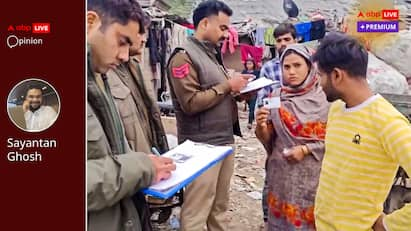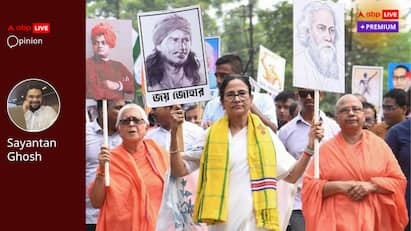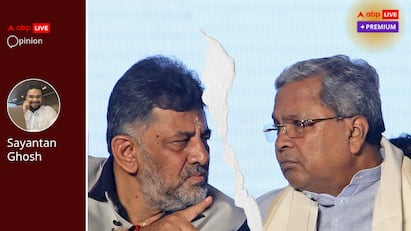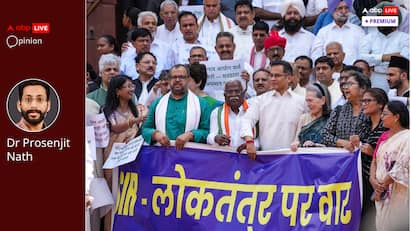Assam's Gamusa — A Tool Now To 'Wipe' Out Political Opponents

Assam's gamusa used by various political leaders.
Source : X and PTI
The humble Assamese man's gamusa has seen many changes in its uses over the years. But it has never been the powerful political tool it has become at present.
"He insulted gamusa! He is against the Assamese!" This was a central theme during the 2021 assembly elections in Assam. And now, amid the 2024 Lok Sabha elections, the Assamese gamusa is again at the forefront. The "insult" allegation was levelled against Badruddin Ajmal by Prime Minister Narendra Modi when the AIUDF chief was caught on video flinging the piece of clothing on stage. Today, every political leader who visits Assam takes care not to miss out on a photo op donning the gamusa.
Follow Election 2025 News on ABP Live for more latest stories and trending topics. Watch breaking news and top headlines online on ABP News LIVE TV






